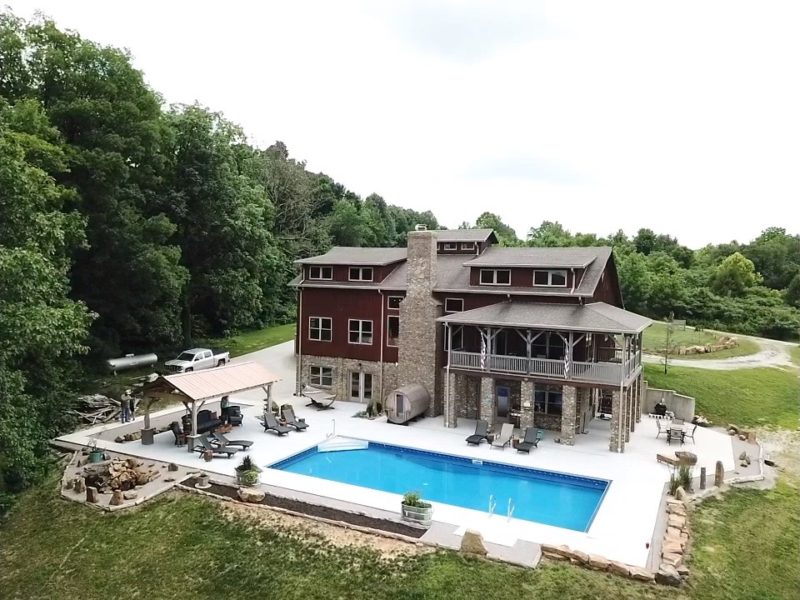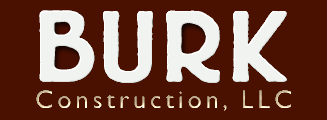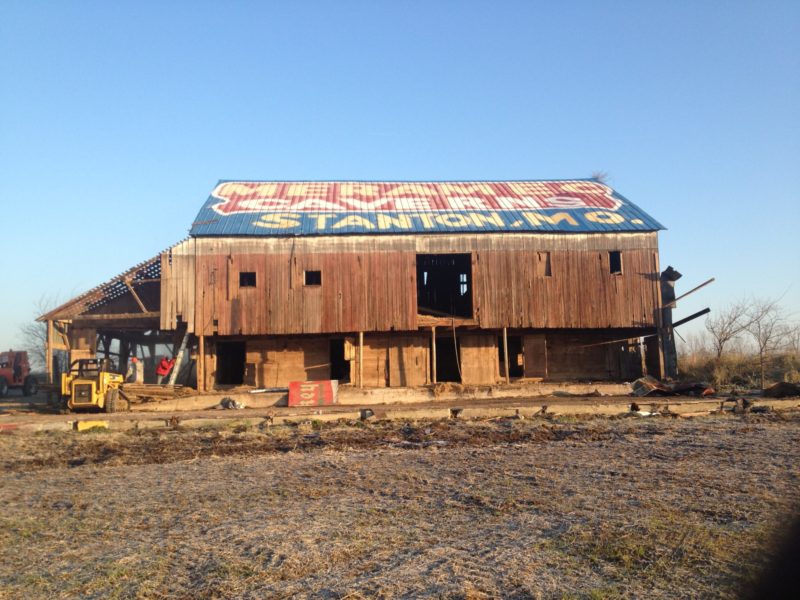We have log, timber frame and old home enthusiasts every year who come to us with their project ideas and have no idea where to start. I would like to take a moment to provide some direction, so you make an informed decision on the best possible course of action to take to make your project exceptional.
First, let me say that the information I’m sharing with you is no secret. After years of experience, I have determined the concepts that most people overlook when developing a project. Below is a simple check-list that will aid you as you embark on what can be a long journey planning and designing your project.
- Procure the land. Buildings are more adaptable than the site. It’s easier to build around the lay of the land, then to design first and then make the site fit the building.
- Determine what type of construction style you like and where the building would be located on the site.
- Get your finances in order. In today’s market climate, this can be an issue that you should be prepared for. Remember the sooner your financing is secure, the sooner you can secure a builder!
- The Builder. You thought the land and finances were difficult, you’ve only just begun. A good builder isn’t hard to find, but sometimes finding a builder with the knowledge and skills to incorporate your ideas into your project is difficult. The builder needs to be someone that you personally feel comfortable working with. While it may seem that there are builders on every corner, you should refrain from making a rash decision to hire one. Test a builder’s credentials and checked their references. You should remember in the timber home or restoration fields there are few truly qualified contractors capable of giving you the guidance you will come to rely on.
- Design. Now that you’ve selected a builder you can trust, the next step is to have your contractor help you to design your project or help you find a qualified designer. While we may like the idea of a clean simple “go for it” contract, a plan helps build a legitimate scope of work that will serve as an extension to your contract between you and the builder. A design also allows you to better define the extent of the work and therefore the cost. Without a plan, everyone works on assumptions and as you know there is no future in that. Plans don’t have to be elaborate, but they should be practical. I should add, “The client get what he or she pays for!” Many people see the drawings, specs, and notes as an expensive extra, and that funds could be allocated elsewhere. The truth is that the savings realized from a good set of drawings, far out weigh the confusion and heartache you and your builder will have later. One of the best ways to expedite the design process is to compile a folder of project elements. This is as simple as tearing out photos from magazines and papers and circling or highlighting the points of interest that you might want to include in the project. This is cheaper than hiring a mind reader.
- The contract. There are countless ways to do contracts but these two simplest types, both of which we use on a regular basis. First, “Cost Plus” Second, “Fixed Bid” Cost plus is when the client pays for the actual costs of materials and labor, then pays the contractor an additional percentage of the cost to reimburse the contractor for overhead associated with the project and to pay him a profit on the job for his time and effort. A Fixed Bid is where the contractor adds the cost, overhead, and profit together and presents a one number bid to the project owner. Both of these have their pros and cons. A COST PLUS contract allows for a great deal of flexibility for both the owner and contractor. With this flexibility can come complications. One is the homeowner has the flexibility to make changes as the project progresses. If the homeowner is on a tight fixed budget, then it’s easy to blow your budget if you deviate much from the plan. A FIX BID will help control over runs but will guarantee you’ll pay a higher cost up front simply because the contractor must cover his bases to be able to complete the project in a timely fashion within budget. If your contractor doesn’t provide you with a full scope of work, well worded contract, and a list of allowances request them. Don’t write a check for the upfront expenses for the project until you feel that all foreseeable issues have been dealt with in the contract.
- Insurance. Get it prior to starting the building process. You will want to secure a policy from your local insurance agent to cover the current unfinished status of your project. It is important to realize that the builders insurance will not cover loss of materials and labor due to adverse weather conditions, acts of God or theft. So protect your investment!
- Go shopping. Find a reputable, local, business person with some sense and lean on them for support. Often you will get great service, personal attention, and after sale attention that will pay for itself quickly. Big box stores are great for stretching your legs but when it comes to purchases that will define your home and reflect your personality, BUY LOCAL!
- Make your self available – sometimes. All of us tend to be very protective of our investments, especially large ones like a home, but it is important to make yourself available for questions, input, and payment. However, your builder will need room to breathe and get some work done. Unless you have a reason to doubt something on your project, give you builder room to work. Set up weekly scheduled meetings to review the process, problems, needs, and concerns. It is in everyone’s interest to communicate continually but be productive when you do. Also, keep a note book or a diary of conversations, meetings, events, deliveries, and problems. Share these notes with your builder.



